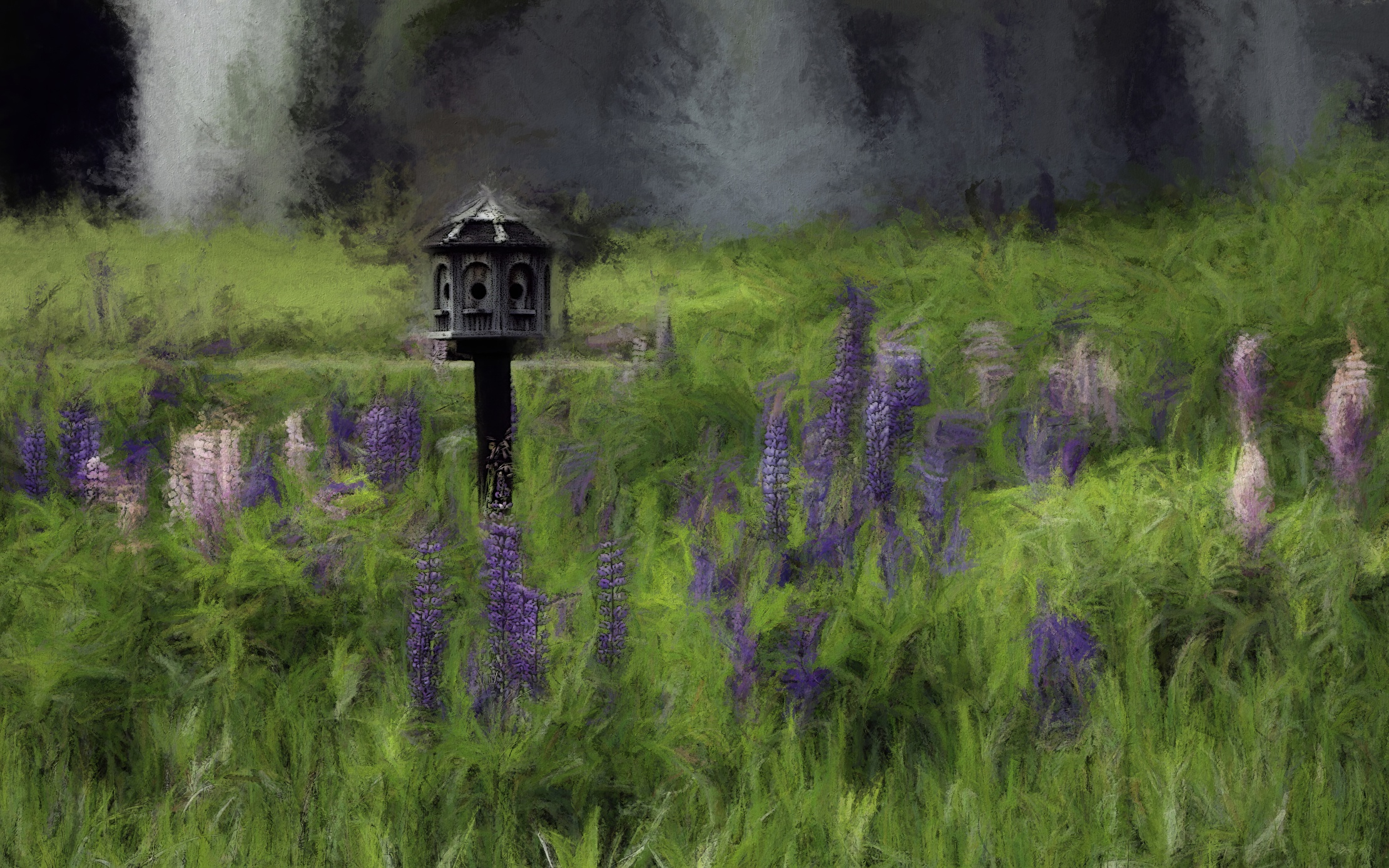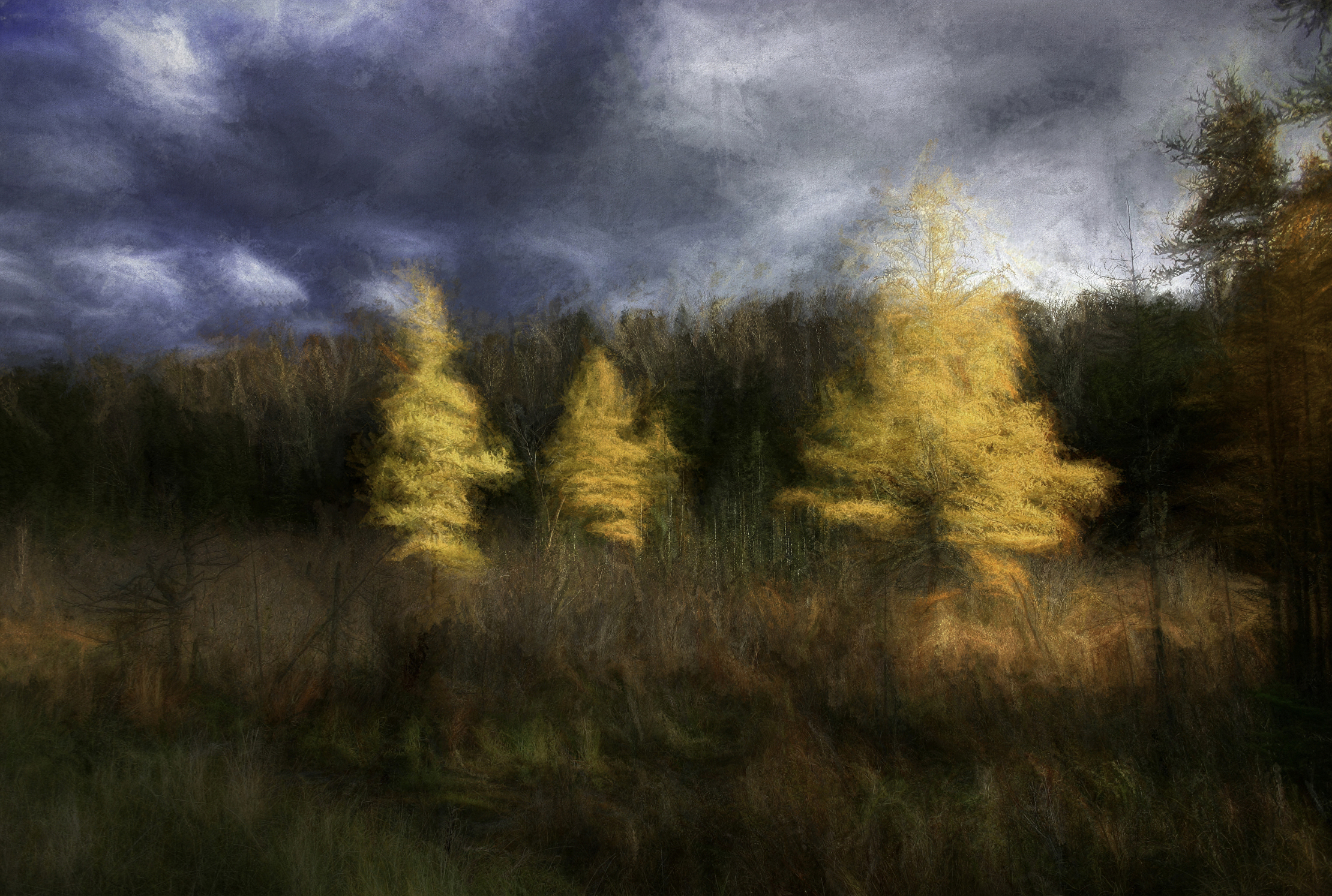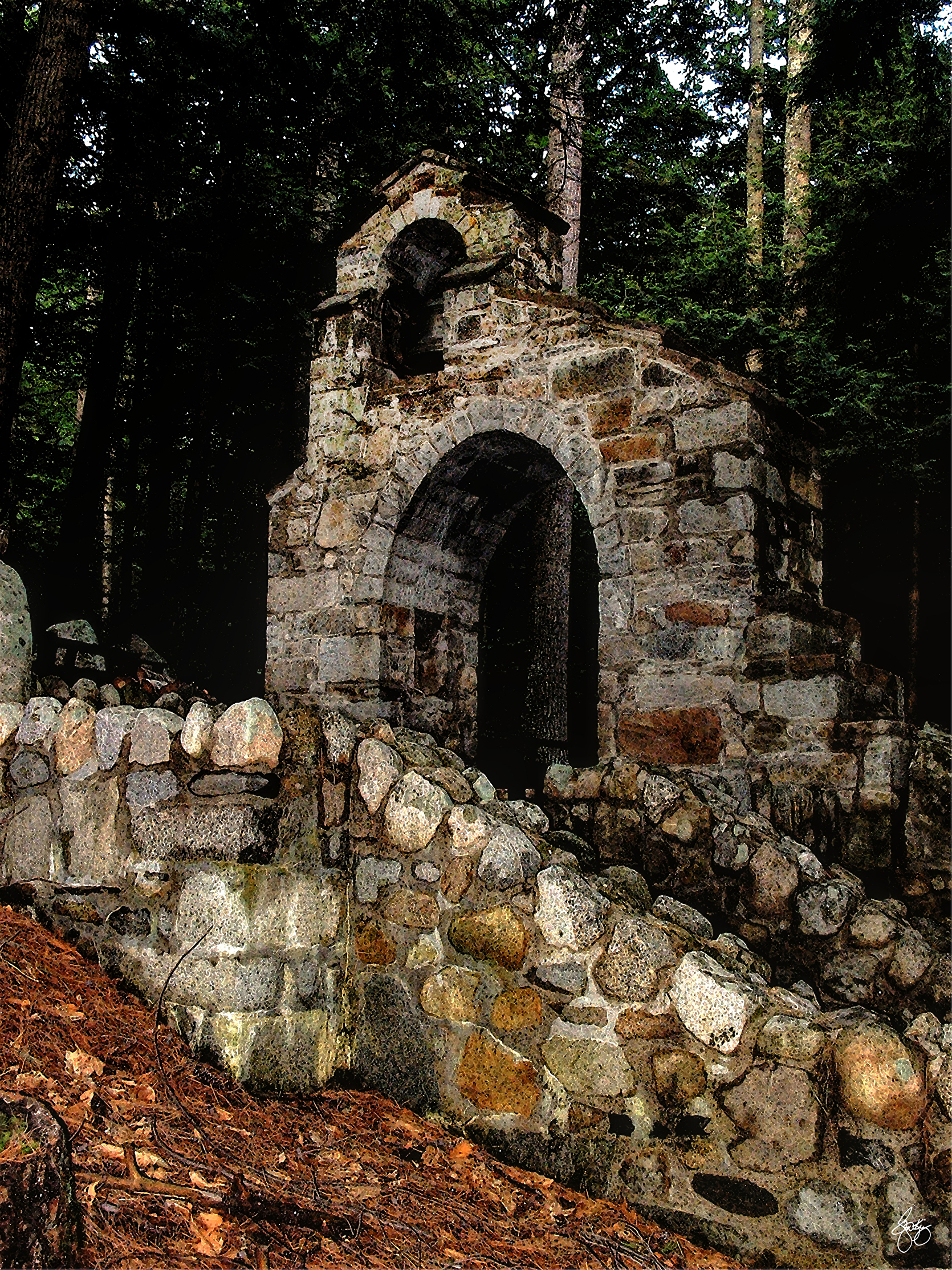 |
| Meade Cadot, Courtesy Harris Center for Conservation Education |
Meade Cadot served as the Harris Center's Executive Director from 1975 through 2009.
In 2008, after 33 years and the successful creation of a SuperSanctuary of conserved lands, Meade handed the Executive Director reins to Laurie Bryan and became “Senior Naturalist"— emphasis on the Senior. At the end of 2012, he retired from his role as Senior Naturalist and Land Program Director. He continues to spend time at the Harris Center — working on land protection and outings, and sharing his considerable wisdom with the rest of the Harris Center staff — as their first-ever Naturalist Emeritus.
Meade also served as a faculty member in Antioch University New England’s Environmental Studies Department for 34 years. Lifetime awards include:
- Monadnock Conservancy’s Abe Wolf Award
- New Hampshire Audubon’s Tudor Richards Award
- co-winner of the Society for the Protection of New Hampshire Forest’s first Sarah Thorn Award
- first-ever recipient of New Hampshire Audubon’s Meade Cadot Award
- Antioch University New England’s Horace Mann Award
- Antioch University New England’s Community Excellence Award
- NH Fish and Game’s Ellis Hatch Award
- Silver Lake Land Trust’s Stewardship Award
- EPA’s New England Region Lifetime Achievement Award
Meade and his wife Sandy Taylor live in Hancock.
** Note ** The sale of artwork shown on this page and at our galleries serve to defray the costs of producing this and other podcasts. Signed original and limited edition prints can be found here. The pieces are also available in unsigned open edition at special open edition prices, here.
 |
| Grace for the Rain Signed Originals Open Edition Prints |
"Meade's Tall Tales"
A Phone Call to Fairbanks, and How a Jail Site Drew the Line
Meade Cadot
In June of 2003, I co-led an Antioch Field Studies trip to Alaska. Midway through our itinerary, we were staying at the University of Alaska in Fairbanks. I vividly remember receiving a phone call around
midnight(!), while watching students playing frisbee with plenty of light for the occasion. It was a rather frantic call from Michael Iselin, a Harris Center easement donor, who, with his wife, Alouette, and mother, Kia, had protected fully half of the shoreline of Center Pond in Nelson. In a very excited voice, Michael explained that a developer named Ranger Curran had just purchased a large tract of land along Lead Mine Road, abutting the parcel where the Apple Hill Center for Chamber Music is located, and furthermore, Ranger’s purchase came with a Phase I, 16 house-lot development plan nearly ready to take to the planning board.
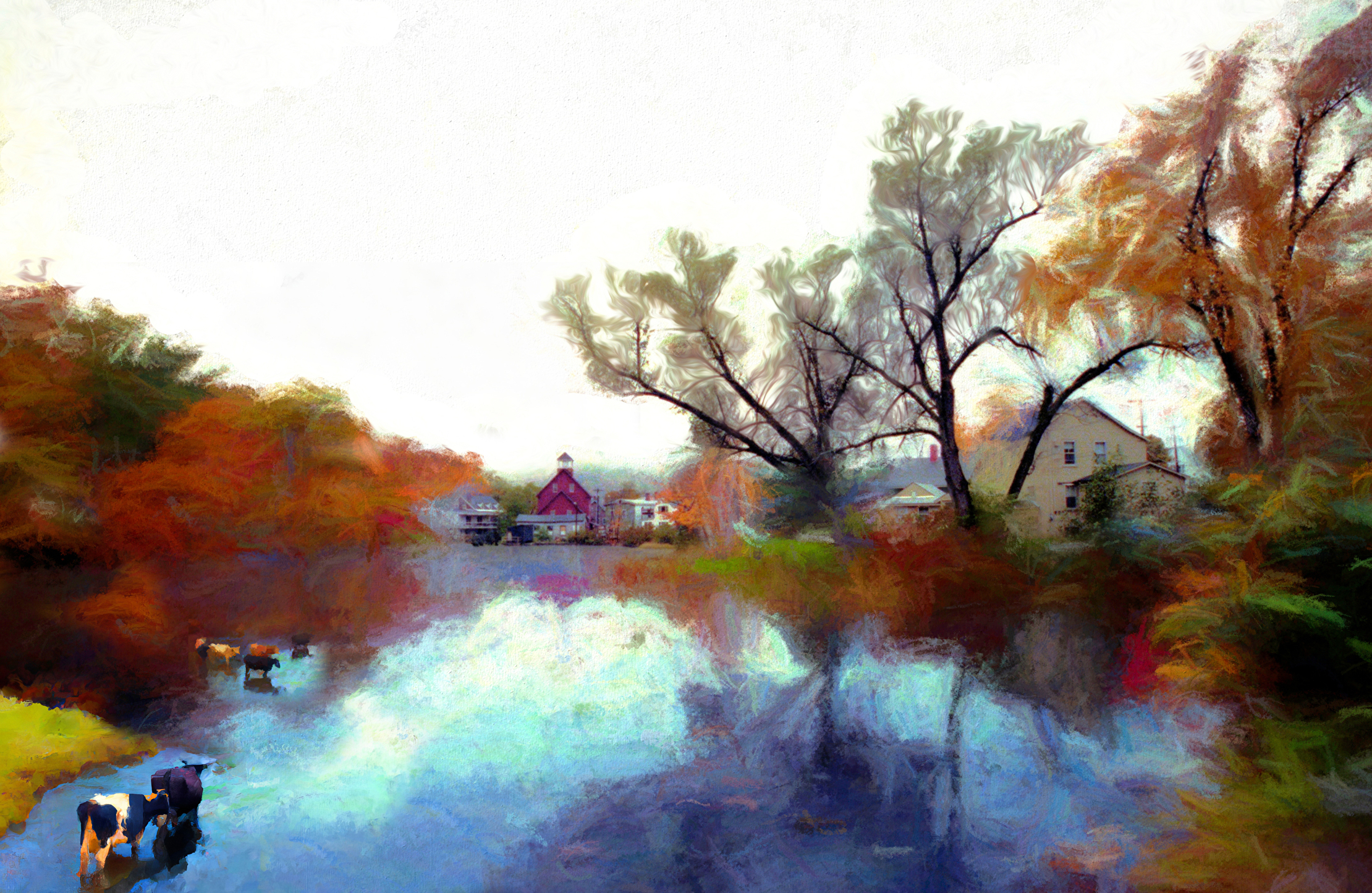 |
| Till The Cows Come Home Signed Originals Open edition Prints |
Michael was sure this would not be good for Apple Hill and would be “an environmental and financial disaster” for town as a whole. “What can be done to stop it?” he asked. First, I blurted out, “But Michael, I’m in Fairbanks, Alaska!” Then I said I’d give it some thought. As soon as I got back, I hastily arranged a meeting with Bud French and Bert Wingerson of the Nelson Conservation Commission and a couple of other concerned townspeople to discuss how we might minimize the financial and environmental impact of development on this 225 acres, with its approximately 2,000 feet of road frontage.
The outcome of the meeting was a strategy and the formation of a close partnership between the Harris Center and the Nelson Conservation Commission. Given our uncertain financial resources and the developer’s expectations, we decided that, realistically, our best hope was to propose to Ranger Curran that he sell us a conservation easement—one that would still allow four single-family house lots to be located along the road, but not in a 172-acre conservation zone protecting the ridge line above the road and beyond that, the biologically diverse and scenic Black Brook Swamp and stream valley. What would such an easement cost, and would Ranger agree to such a deal?
For this question we enlisted the help of real estate appraiser John Newcombe and an attorney, Tom Hanna, who had worked with Ranger on other legal matters and so could convey to him our proposal and rationale behind it. John came up with a value range for the conservation easement of $60,000 to $90,000, and Tom took the offer to Ranger. Well…he accepted the offer(!)—albeit at the high end of the range—because the rationale behind it was really a “win-win” for both buyer and seller. It was a win for Ranger because he would thereby avoid a lengthy and expensive battle with the town (such as the previous owner had experienced), and he also would avoid the road building and other infrastructure costs that would be incurred in creating a 16 house-lot subdivision.
But we weren’t out of the woods yet. With a $90,000 price tag and associated costs, we had to quickly raise a hundred grand. Fortunately for all, the conservation commission had just received a bequest named the Partridge Fund, and the commission voted to contribute $25,000 from that fund. Apple Hill stepped up with a $5,000 contribution and pledged to protect their abutting 48 acres by conservation easement, and a very generous anonymous donor offered to match $20,000 of additional donations. To close the deal within the agreed upon time, we borrowed from our Spoonwood Fund. By the end of 2004, we had received all the donations needed to replenish the fund and give a cheer for partnership’s success!
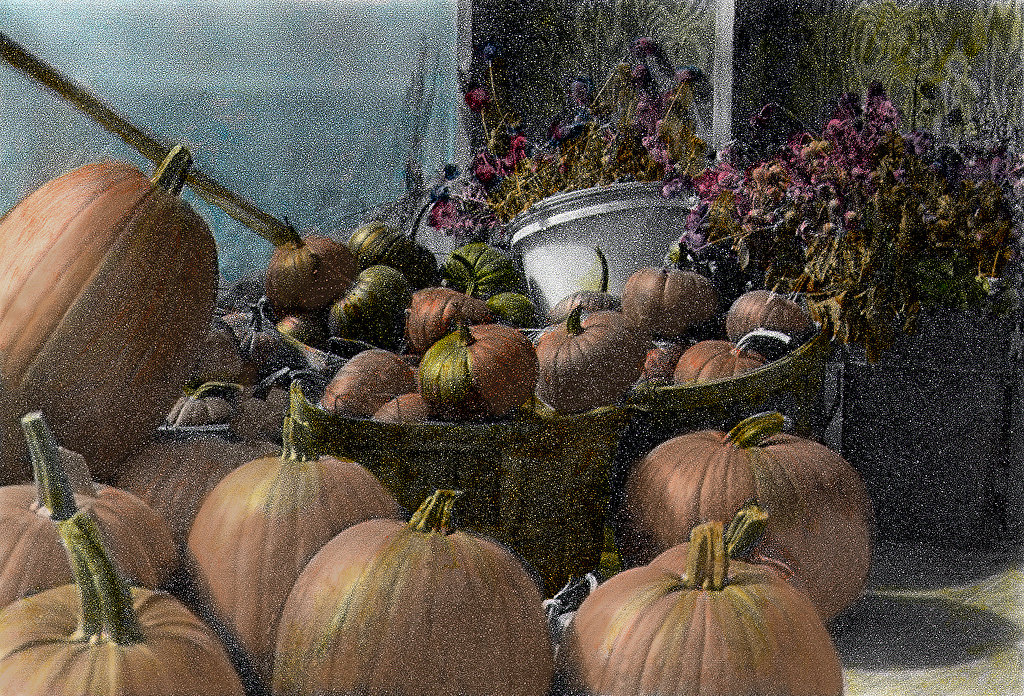 |
| Longview Pumpkins and Flowers Signed Originals Open Edition Prints |
I received another “out-of-the blue” call in 2004—this one from Sharon Rousmaniere, wife of Jim, then editor-in-chief of the Keene Sentinel, which had run a number of stories about Cheshire County’s desire to move county jail operations to a new building complex closer to Keene. But to where? That was the reason for the call. The chatter around town and in the Keene City Council was that the county was considering buying a 46-acre tract on Beech Hill, which slopes down to and includes flood-plain forest along the north branch of the Ashuelot River. This would entail an expensive access bridge across the river to Route 101 near the Keene-Marlborough town line, but the asking price per acre was relatively low.
Sharon knew that there was a quiet residential neighborhood on Beech Hill and was very concerned about the impact on the whole area. But why did she call me and the Harris Center? Our nearest SuperSanctuary lands were in Nelson, many miles away. Well, she had asked every other potential protector, but for reasons I won’t go into here (read politics), even the most logical ones had declined. In those days, Harris Center trustees were great supporters and cheerleaders, as always, but were not so involved in deciding what projects to undertake. After what Sharon must have considered a long pause, I surprised even myself by saying, “OK” to defending that neighborhood—even though we were already in the midst of two other projects requiring fundraising! Why did I do it?
For one thing, I knew people in the neighborhood, including Keene YMCA basketball buddy, Gary Kinyon, and figured he’d agree to be our pro bono attorney for the deal, and he did. Another at that time was Antioch graduate student Sue Mansfield, an assistant in my Antioch Field Mammalogy class. Sue was quite remarkable in that at midlife, she had taken a strong interest in wildlife behavior, particularly that of the black bear. In her extensive wanderings around Beech Hill, Sue had discovered a white oak stand right in that 42 acres, of a size not found on the SuperSanctuary side of the Monadnock Region. And right up her alley, she had found in those white oaks, several substantial “bear nests,” in spite of the proximity to downtown Keene! Black bears, of course, don’t lay eggs, but they do make a nest-like structure in the course of climbing an oak, reaching out for and stripping branches of acorns (but not leaves), stuffing the depleted branches beneath them, and thereby creating a feeding platform. Bears (and other acorn eaters) prefer white oak acorns over red oak—and, anyway, that particular year most red oaks had failed to produce acorns. So despite the Keene location, more than one bear had been drawn to the stand for pre-hibernation feasting.
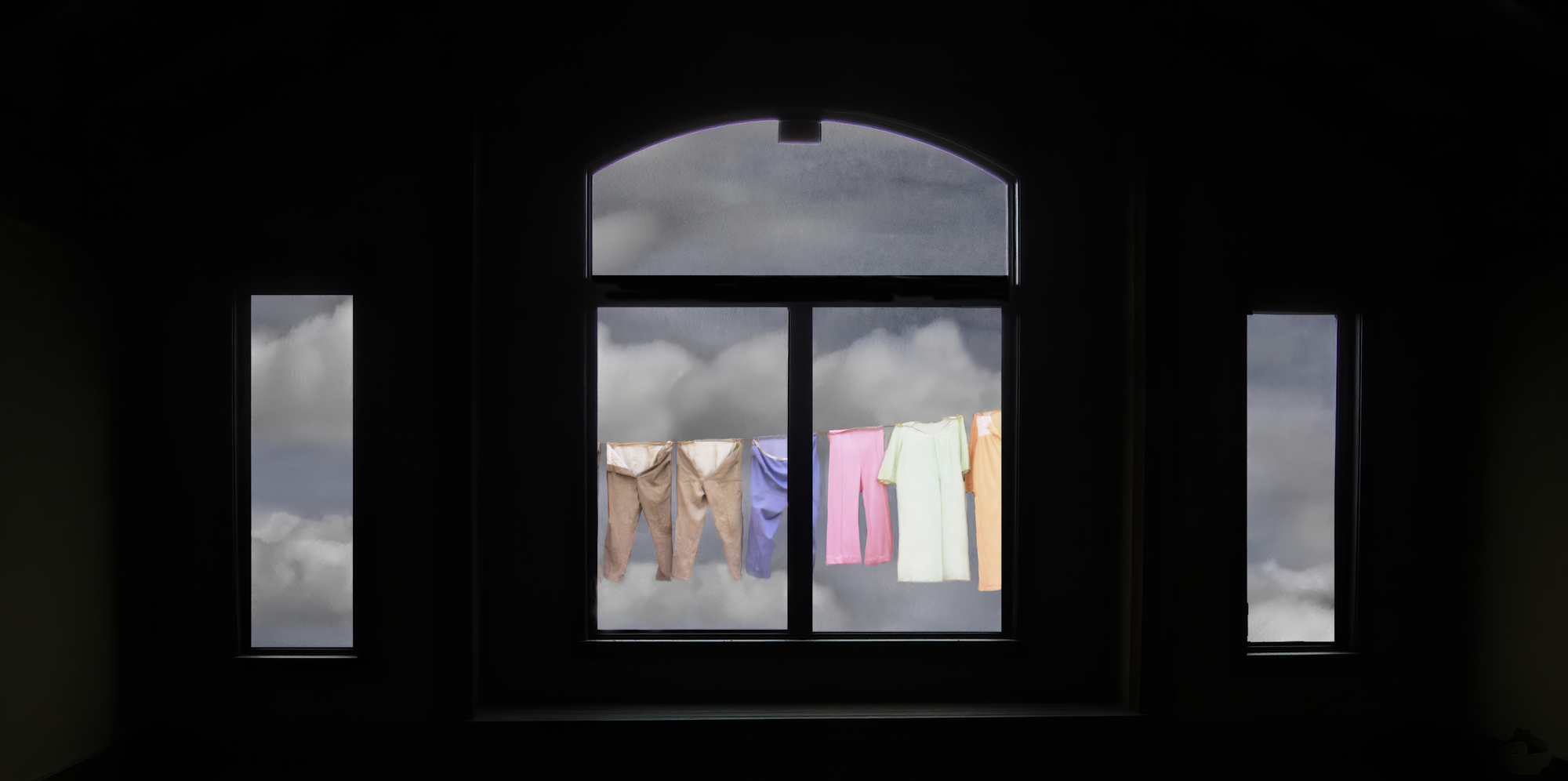 |
| I See the Way Signed Originals Open Edition Prints |
But now time was of the essence. So I met with a small group of neighborhood activists who agreed to quickly canvas the neighborhood for contributions and pledges, almost overnight coming up with 54 donors. Soon after the emergency campaign had begun, we raised more than $60,000 and purchased the land before the county could get it together to make a concrete offer. Harris Center trustees were very happy about the campaign’s success but more than a bit apprehensive about where I might go next for a project…Vermont? A directive ensued—something like, “Meade, we are supposed to be a local land trust. You’ve got to draw a sensible line around the outer limits of the SuperSanctuary.” So I did—the first one, manually! Although that boundary has been extended outward a number of times to make logical expansions of the SuperSanctuary, it is now always done by vote of the full board!
Denouement: The county eventually did build a nice new jail complex—but in a much better location. And though that 42 acres didn’t “make it” to SuperSanctuary status, it’s a lovely piece of land with great habitat, not only with a white oak stand but also, down along the river, uncommon flood plain forestland with black ash. So…the land was given, deed restricted, to Antioch University New England Graduate School as a field study site for Environmental Studies classes.
 |
| Wind on the Floodplain Forest Floor Signed Original Prints Open edition Prints |
WOL's Nest
Meade Cadot
In the spring semester of 1975 I was resident naturalist
at the Willard Pond Audubon Sanctuary and teaching
classes for the Antioch New England grad school then
located at what is now the Aldworth Manner in
Harrisville. I was familiar with the goings and grounds of
what we called Harris House because I had helped
Edwina Cjaikowski with a couple of teacher workshops
there. Antioch decided it should move from rural
Harrisville to the City of Keene, so its experimental
summer day camp, called the Wol’s nest, needed a new
home, and I thought I might make a match. So I arranged
for Ty Minton, founder and co-chair of the environmental
studies department, to meet at the Harris Center with
volunteer director, Cecil Lyon. After a walkabout and
short discussion, there was a hand shake and that
summer day camp program has part of the Harris Center
ever since! This began a long and very productive
collaboration between the two young organizations.
Many Antioch grad students interned with the Harris
Center and the pick of the litter later joined our
staff—including Janet Altobello and Susie (Spikol) who to
this day are the brains, heart and soul of our school and
community and family programs and much more.
Fred Murphy Goes Fishing
Meade Cadot
From the mid 1970s to early 1980s The NH Department of Transportation, with
help from the NH Fish and Game Department, conducted a legally mandated
Environmental Impact Study of the several corridors being considered for a Route
101 Bypass of Dublin Village. John Kulish and I volunteered to help determine
which game and furbearers were present and would be impacted by each of
these corridors. This entailed traveling each one on snowshoes and recording the
tracks and other signs we found. On each excursion, one or two NHFG biologists
would join us—most often the Deer Project Leader, Joe Wiley. Fred Murphy, the
NHDOT’s “Highway Environmentalist,” was also always along for the trek. Fred’s
credentials for such a title were a bit thin, and the truth is, he really wanted to see
the bypass built.
By 1981 the powers that be had decided a modification of the “B” Corridor was
the way to go. The “B-3” Corridor did go around Dublin Village—way
around—well up into Harrisville, close to the Cobb Meadow Wetland along Brush
Brook. So one January day in 1981 we set out on snowshoes to survey the section
of the corridor along the Brush Brook, which had been declared not a trout
stream, and hence of less recreational value. Fred Murphy was a cheerful Irish
bloke and rather big, and the day was—for January—rather warm. As we trudged
along the edge of the brook, one of Fred’s snowshoes broke through the ice down
into the stream water. And when he quickly hoisted the snowshoe up and out the
water, on top of the snowshoe came a little brook trout! The bypass wasn’t built
in the B-3 Corridor…. In fact, it wasn’t built anywhere—but that’s another long
story and beyond the scope these tales.
 |
| Autumn Aflame Signed Originals Open edition prints |
The Harris What????
Meade Cadot
Mr. or Mrs. Harris where art thou? In truth we were incorporated in
1970 as the Harris Foundation and named after founder Eleanor Brigg’s
beloved cat companion at the time. As I recall, “Harris” was a stray cat
Eleanor had adopted, found in an abandoned “brown stone” in New
York City. The name stems from the cat’s coat resembling Harris
Tweed—and so, in round about terms, we were named for an island off
the coast of Scotland! In the early years, while I was still working for
NH Audubon and living at Willard Pond, Cecil Lyon was volunteering as
Director. Quoting Cecil, in an early issue of The Harris Hearsay, “Not
long after I retired from the foreign service, Eleanor asked me to be a
director for the Harris Foundation. I was actually flattered and pleased.
However, when I realized that she mean THE director, I felt slightly
stunned and totally inadequate.” Actually, Cecil did a fine job of getting
the ship of Harris underway. One way he did so was to bring in experts
in their fields to speak on behalf of the Harris Foundation. The most
notable of these was Dr. Margaret Mead, in the Spring of 1974. Here’s
another quote from The Harris Hearsay: “I had considerable difficulty
tracking her down, but eventually did so by telephone in New York. Her
schedule was so full that it was about a year before she could fit us in.
When she did, she arrived clutching a shepherd’s long crook, rather like
an ancient prophet. Eleanor met her at the airport and escorted her to
our house. We were having a pre-luncheon sherry in the warm spring
when Mead says, “I don’t know who arranged this lecture. My
secretary, I suppose. However, you are a foundation. Foundations give
away money. I know, I have one. So I’ll have to charge you. At this
point, Eleanor, knowing that Dr. Mead’s customary fee was in the
thousands, turned pale. I knew our annual budget was less than such a
fee and felt my heart miss a few beats. I explained that we were a
small foundation, just starting out and didn’t have much money and
you said as you were in Hancock, you wouldn’t charge us anything. This
I thought at the time because Dr. Mead’s daughter had a house in
Hancock. After a long agonizing pause, Dr. Mead said, ‘Oh, did I? Then I
won’t’ “. (End quote.) I was among the invited guests at this
“reception” and heard that exchange. So when I was hired the
following Fall, one of the first things I suggested to the board was a
name change! But change to what? “Environmental Education” was a
buzzword back then, but the word “environmental” was being greatly
overused. I mentioned at least one example—an advertisement for a
household cleaner, great for “environmental surfaces”. Without much
further lobbying, everyone agreed on, “The Harris Center for
Conservation Education”. And though it took a generation for Harris
“Foundation” to fade into the past, the new name stuck!
An after note: For the rest of the century, I kept a running list of all the
erroneous names we were given in correspondence. This list is long,
but here are an illustrative few—from “close” to not!
The Harris Center for Nature Conservation
The Harris Center for Conservation Ethic
The Harris Center for Continuing Education
The Harris Center for King’s Highway
The Harris Center for Conservative Education
The Harris Center for Construction Education
The Harris Education and Treatment Center
How a Still Life Moved
Meade Cadot
When I first met Henry Fuller he was already retired (as a Wall Street stock
broker) and living in the house he’d inherited from an uncle. It’s a grand place,
overlooking the hillside meadow just above the village of Nelson. More than once
I was invited to visit—sometimes for a party (he was a wealthy, life-long
bachelor)—but sometimes just to talk, admire the view, and chat about the Harris
Center’s land protection efforts in Nelson, which in his neighborhood began in the
early 1990s. Henry’s land had lots of road frontage, with more than 1,300 feet on
scenic Center Pond.
By 1994, he had decided how his land should be protected in perpetuity,
and it was a little complicated. Over the course of two years he gave us
conservation easements on most of his 100-plus acres, including his 46-acre
house lot with all the pond frontage. Then, in his estate plans, he left the house
lot and another 17 acres to Dartmouth, 13 acres to the Currier Gallery of Art in
Manchester, and 18 acres to the town—all protected by the conservation
easement given to the Harris Center. (He gave an additional 9 acres to the town
for its cemetery.) The result was that we ended up with 94 acres to monitor, split
among four fee owners. Back in those days, I didn’t push hard for stewardship
contributions to be given with easements, but Henry did make contributions
annually, totaling $5,000 between 1995 and 2000.
By summer of 2001 Henry was deceased, with a lion’s share of his huge
estate going to his hometown favorite cause, the Currier Gallery. His bequest, the
Currier’s largest ever, included a prized collection of 60 works by noted 19th-
century American painters, his collection of paperweights(!), and $20-million for
the Currier’s art purchase endowment!
Meanwhile, also by 2001, Mrs. Virginia Baker had become a strong
supporter of the Harris Center and the SuperSanctuary. (I called her the Harris
Center’s fairy godmother.) That year there was a fire in her house that was
successfully brought under control, but she realized that it could have destroyed
an important piece of art given to her by her grandmother-in-law for her
wedding. Entitled “A Royal Dessert”, it is an 1881 still life by Irish-born painter
William Michael Harnett. He became a leading late-19 th -century American painter
and was the subject of a major exhibition in 1992 which traveled to the
Metropolitan Museum of Art in New York and the National Gallery of Art in
Washington, D.C. So, “A Royal Dessert” was considered quite valuable and hadn’t
been on public display since it was exhibited in 1883 at the Museum of Fine Arts
in Boston.
By 2004, Mrs. Baker had an ingenious plan to give the painting a safer
home and wider audience—and give the Harris Center a huge boost, too. Knowing
the Harris Center wouldn’t be the best place for such an important piece of art,
she donated it to the Currier, but not in full. Instead, in 2005, she gave the Currier
25 percent interest and donated the other 75 percent interest to us! Well…the
Currier was hard pressed to exhibit 25 percent of a painting. So after about a year
of negotiations and appraisal work, we received a check, drawn from the Currier’s
“Henry Melville Fuller Acquisition Fund,” for $412,500(!)—half for our general
endowment and half for SuperSanctuary land acquisitions.
So, although Henry’s $5,000 for conservation easement stewardship was
“small potatoes” relative to his means, the ingenious way “Mrs. B” served up a
Royal Dessert enabled both the painting’s move to the Currier and the move of
more than $400,000 of Fuller fortune back to the Monadnock Region for support
of the SuperSanctuary!
 |
| Last Farm in Nashua |
 |
| "BosWash" |
 |
| Briggs Preserve |
 |
| North Branch Contoocook River |
 |
| North Pond to Skatutakee Mtn |
 |
| Robb Reservoir |
 |
| Robb Reservoir aerial |
 |
| Sponwood Pond October aerial |
 |
| Lupine Chapel on Birch Street Signed Original Open Edition Prints |
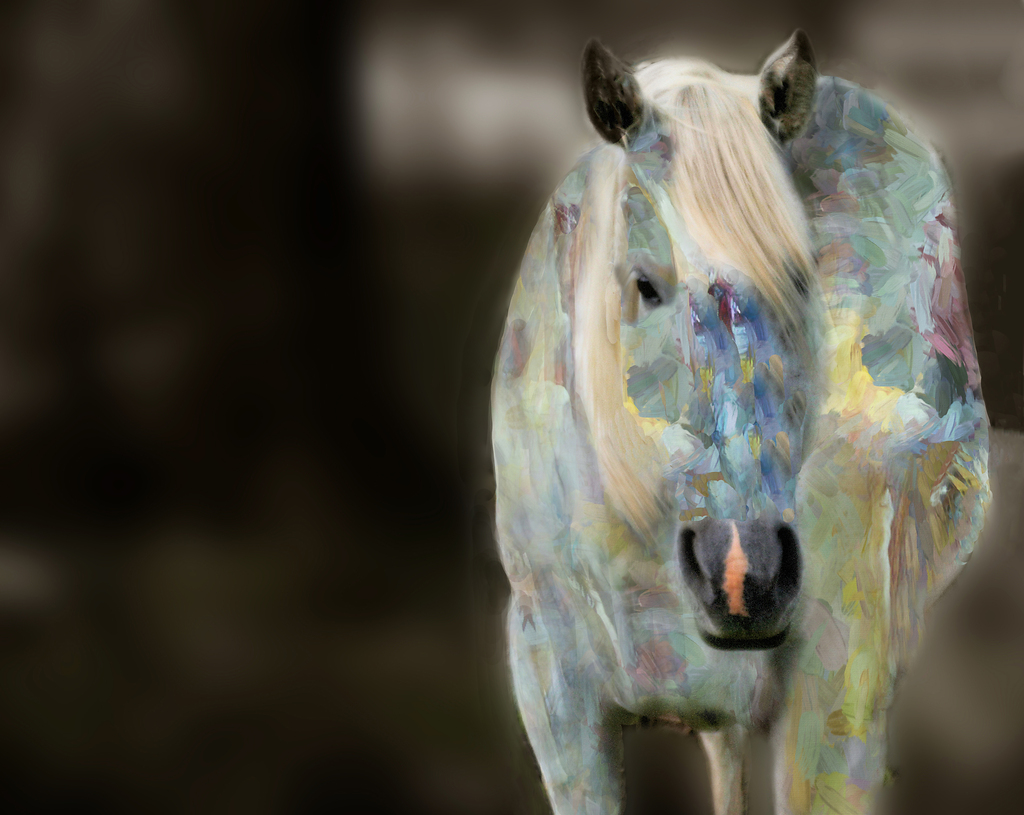




.jpg)
